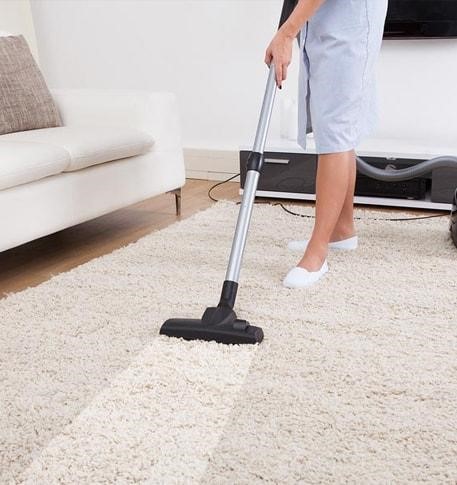“The Lifespan of Expensive Carpets: Understanding the Factors and Extending Their Durability

Carpets are a popular choice for many homeowners due to their comfort, warmth, and aesthetic appeal. However, when shopping for carpets, the cost can often be a significant consideration. For those looking for a budget-friendly option, expensive carpets may seem like the obvious choice. However, it’s essential to Carpet washing and detailing services in Hong Kong understand that expensive carpets may have a shorter life due to certain factors.
Material Quality
One of the main factors that can impact the lifespan of a expensive carpet is the material quality. Expensive carpets are often made from synthetic materials like nylon or polyester, which are not as durable as natural materials like wool. Synthetic materials tend to be less resistnt to wear and tear, stains, and fading. In contrast, wool carpets are more expensive but offer higher quality and can last up to 20 years or more with proper care.
Foot Traffic
The amount of foot traffic a carpet receives can also impact its lifespan. High-traffic areas like entryways, hallways, and living rooms will wear down faster than less-used areas like bedrooms. If you have children or pets, this can also lead to additional wear and tear, making a expensive carpet more susceptible to damage.
Maintenance
Proper maintenance is critical to extending the lifespan of any carpet, but it’s especially important for expensive carpets. Regular vacuuming, spot cleaning, and professional cleaning can help remove dirt and debris that can damage the carpet fibers over time. Failure to keep the carpet clean and well-maintained Carpet Repairing services in hong kong can lead to permanent stains, odors, and damage that can shorten its lifespan.
Installation
The quality of the installation can also impact the lifespan of a carpet. If the carpet is not installed correctly, it can lead to wrinkles, bulges, and other issues that can damage the carpet over time. It’s crucial to have a professional installer who knows how to properly install the carpet to ensure that it lasts as long as possible.
Tips for Extending the Lifespan of an Expensive Carpet
While expensive carpets may have a shorter life, there are steps you can take to extend their lifespan. Here are some tips:
- Choose a low-pile carpet: Low-pile carpets are less likely to show wear and tear and can be more durable than high-pile carpets.
- Vacuum regularly: Regular vacuuming can help remove dirt and debris that can damage the carpet fibers over time. Be sure to use a high-quality vacuum cleaner that is suitable for your carpet type.
- Address spills and stains immediately: Promptly cleaning up spills and stains can prevent them from setting into the carpet fibers and causing long-term damage. Be sure to use a suitable cleaning solution and avoid using harsh chemicals.
- Hire a professional carpet cleaner: Professional carpet cleaning can help remove deep-seated dirt and debris that regular vacuuming may miss. Consider having your expensive carpet professionally cleaned once a year or as needed.
- Use area rugs and runners: Placing area rugs and runners in high-traffic areas can help protect your carpet from wear and tear. Consider investing in a high-quality area rug or runner to extend the lifespan of your expensive carpet.
Conclusion
Expensive carpets may have a shorter life due to certain factors, but that doesn’t mean they’re not worth considering. By understanding the factors that can impact the lifespan of a carpet, such as material quality, foot traffic, deep rug cleaners hong kong, and installation, you can take steps to extend its lifespan. By following the tips outlined in this article, you can help extend the lifespan of your expensive carpet and get the most out of your investment. Remember to choose a reputable dealer, and always consider your lifestyle and how the carpet will be used when making your purchasing decision.